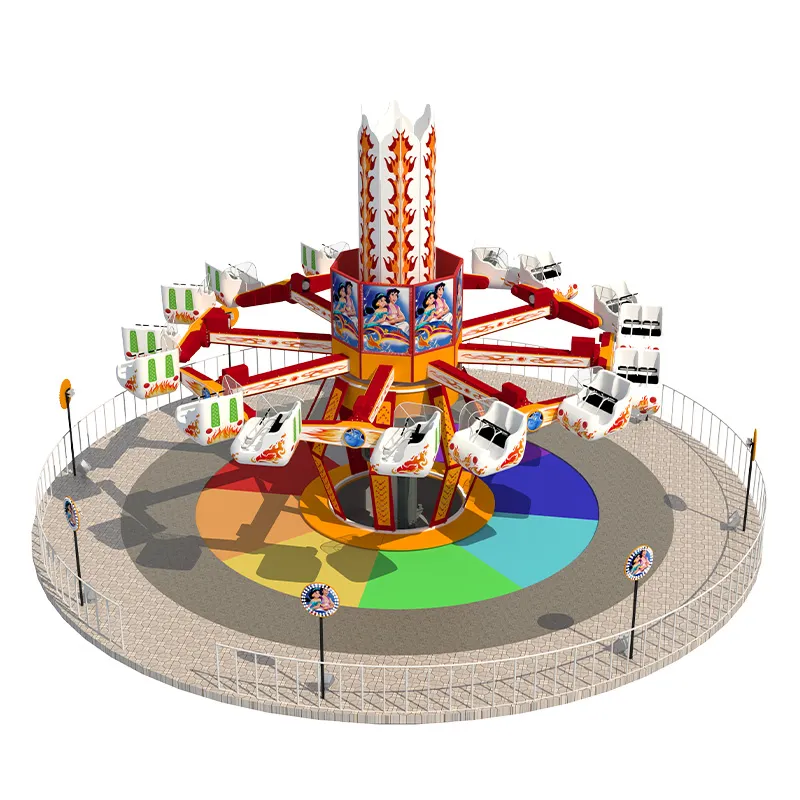- Albanian
- Arabic
- Belarusian
- Bengali
- Czech
- English
- French
- German
- Hebrew
- Hungarian
- Indonesian
- irish
- Italian
- Japanese
- kazakh
- Persian
- Russian
- Thai
- Uzbek
- Vietnamese
Innovative Concepts for Thrilling Roller Coaster Design and Layout Planning
The Thrilling World of Roller Coaster Design A Drawing Perspective
Roller coasters have long been synonymous with excitement and adventure, embodying the thrill of speed, height, and gravity-defying curves. The art and science of roller coaster design are pivotal in transforming exhilarating ideas into real-life experiences, delivering joy and adrenaline to millions. Creating these marvels requires a harmonious blend of engineering prowess, artistic vision, and an understanding of human psychology. In the realm of roller coaster design, the drawing serves as a crucial blueprint that captures the essence of the ride.
To begin with, roller coaster design drawing involves meticulous planning and creativity. Designers are tasked with visualizing the entire structure, incorporating various elements like loops, spins, and drops. The drawings often begin with hand sketches, where initial concepts take shape. These sketches allow designers to experiment with different configurations, assessing the ride's aesthetic and functional aspects. As the design evolves, digital tools and software like CAD (Computer-Aided Design) are employed to create detailed, three-dimensional models. These models serve not only as artistic representations but also as technical blueprints that inform construction and engineering specifications.
One of the key considerations in roller coaster design is the thrill factor. Designers must carefully assess the balance between excitement and safety. This involves understanding the forces at play during a ride, including acceleration, deceleration, and the g-forces experienced by riders. These parameters need to be meticulously illustrated in the design drawings, indicating critical points where riders will experience heightened thrills, such as negative g-forces during drops or the feeling of weightlessness during loops. Designers utilize their knowledge of physics, along with simulated ride experiences, to ensure the ride provides an exhilarating journey while adhering to safety regulations.
roller coaster design drawing

Aesthetic elements are equally important in roller coaster design, as these rides are often the centerpiece of amusement parks. Drawings must capture the ride's visual appeal, integrating bright colors, thematic elements, and immersive environments. Designers consider how the coaster interacts with its surroundings, often creating elaborate scenery that enhances the storytelling aspect of the ride. Themed areas can transport riders to different worlds, and the drawing process becomes a canvas for imaginative concepts, whether it's a futuristic space journey or an adventure through a haunted forest.
Moreover, the incorporation of cutting-edge technology in modern roller coasters adds another layer of complexity to the design process. Features like vertical drops, spiral lifts, and magnetic launches rely heavily on precise engineering, and designers must illustrate how these components work together cohesively. Integration of virtual reality (VR) and augmented reality (AR) elements in some rides is also becoming more commonplace, necessitating detailed drawings that map out not only the physical ride structure but also the technological enhancements that create a fully immersive experience.
Collaboration is a fundamental aspect of roller coaster design. Designers work closely with engineers, architects, and park operators to align creative vision with practical execution. This teamwork is often reflected in the drawings, which serve as a communication tool, bridging the gap between different disciplines. Effective collaboration ensures that the final product is both an engineering marvel and a magical experience for riders.
In conclusion, roller coaster design drawing is far more than just an artistic endeavor; it is a multidisciplinary process that combines engineering, safety, aesthetics, and creativity. It captures the essence of what makes roller coasters so captivating—the promise of thrills, an escape into fantasy, and a rush of adrenaline. As designers continue to evolve and push the boundaries of what roller coasters can be, their drawings will remain the foundational blueprint from which these breathtaking experiences come to life. Each line and curve on the paper serves as a testament to the brilliance of human innovation, inviting thrill-seekers to revel in the joy of the ride.
-
Flume Ride-Hebei Zhipao Amusement Equipment Manufacturing Co., Ltd.|Thrilling Water Attraction&Customizable DesignJul.30,2025
-
Flume Ride - Hebei Zhipao Amusement Equipment | Water Coaster, Thrilling DescentJul.30,2025
-
Flume Ride - Hebei Zhipao | Thrilling Water AttractionJul.30,2025
-
Flume Ride: Thrilling Water Attraction by Hebei Zhipao|Log Flume Manufacturers&Flume Ride DesignJul.30,2025
-
Flume Ride-Hebei Zhipao Amusement Equipment Manufacturing Co., Ltd.|Thrilling Water Coaster, Safe DesignJul.30,2025
-
Flume Ride-Hebei Zhipao Amusement Equipment Manufacturing Co., Ltd.|Thrilling Water Attraction, Safe DesignJul.30,2025
